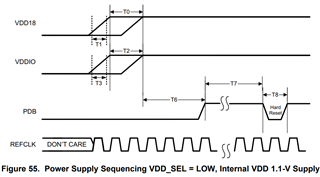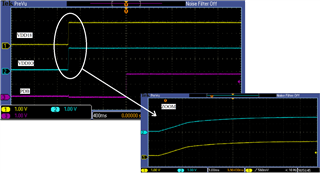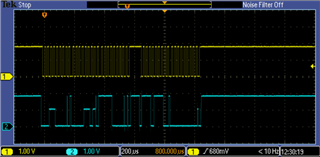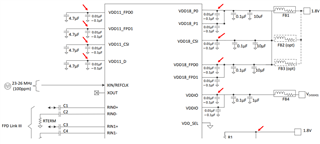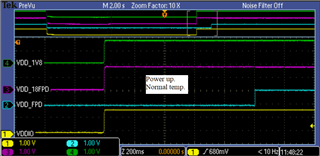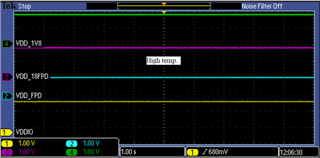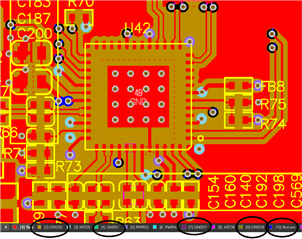Hi team,
I am working with the DS90UB953/954 pair and I have problems with the connection cutting when the DS90UB954 works in high temperature conditions (70 degrees ambient).
The interesting thing about the situation is that when they are working and the temperature reaches 70 degrees, they work well. But, if I want them to start working at 70 degrees, they can't lock.
Regards,
Adrian.



